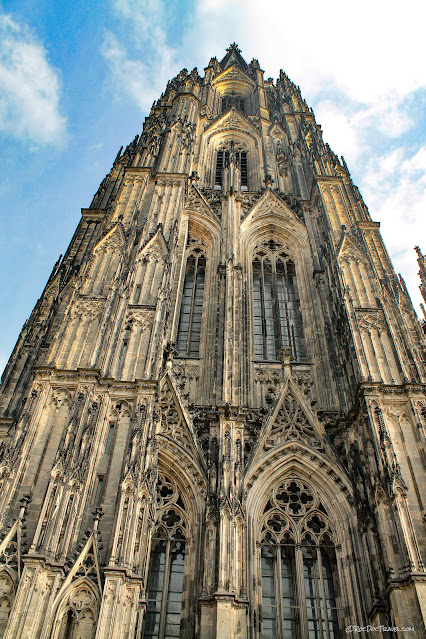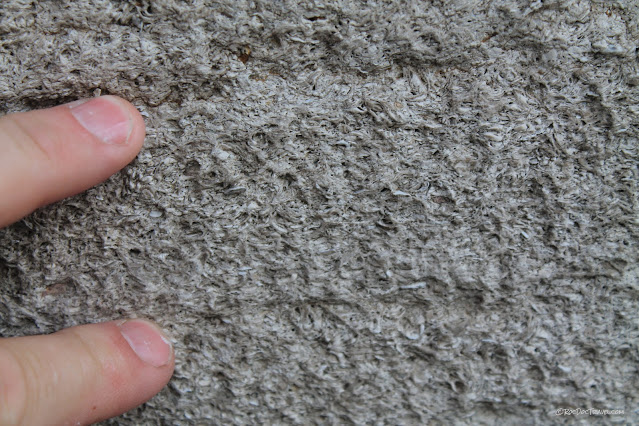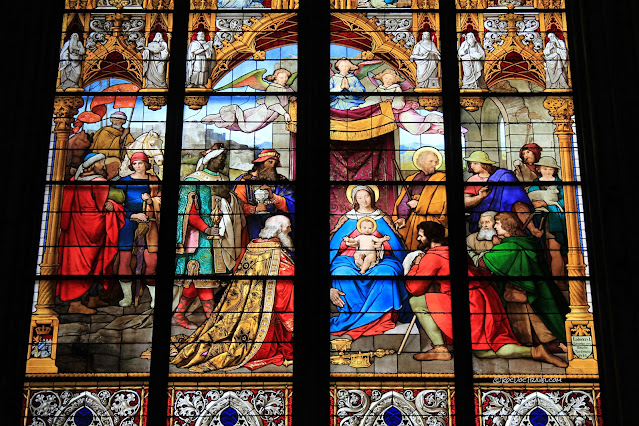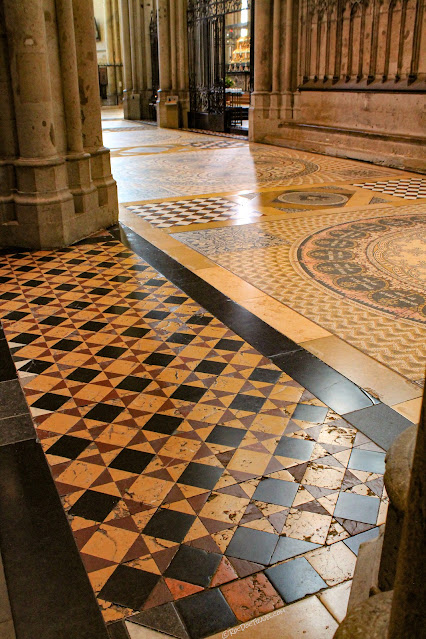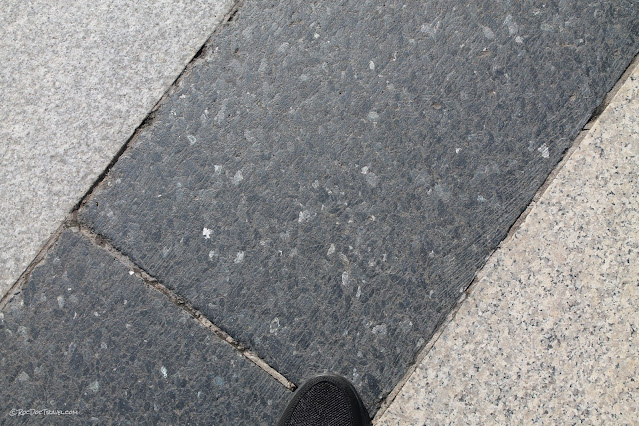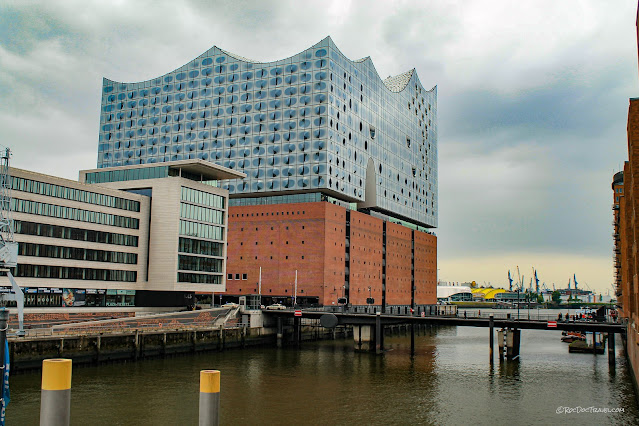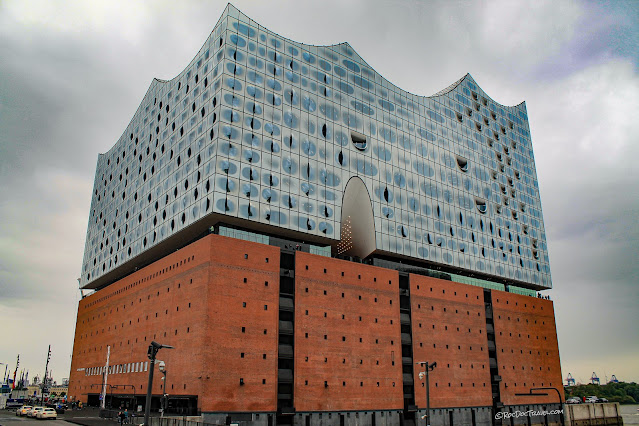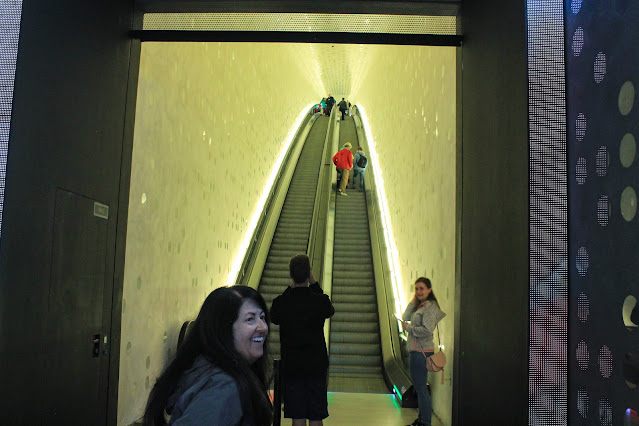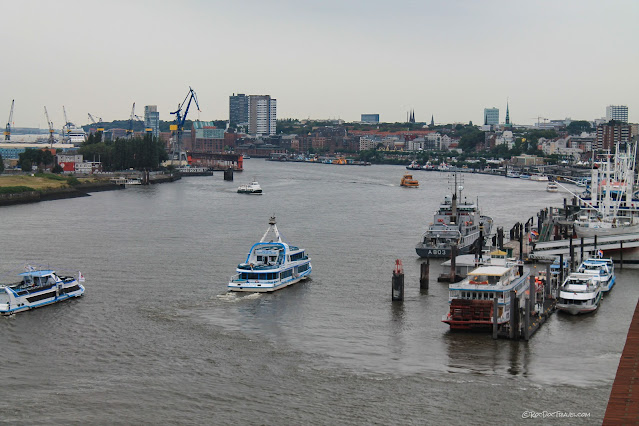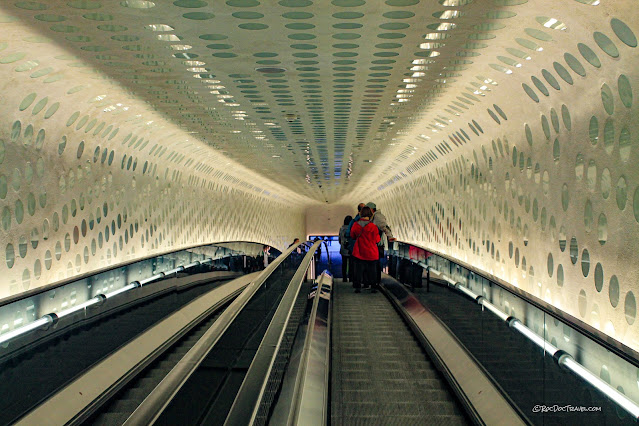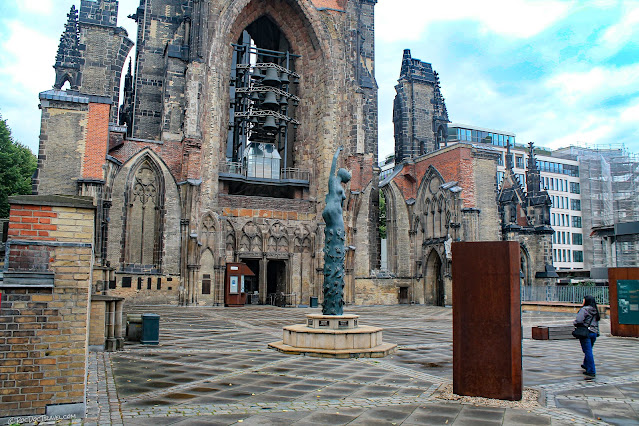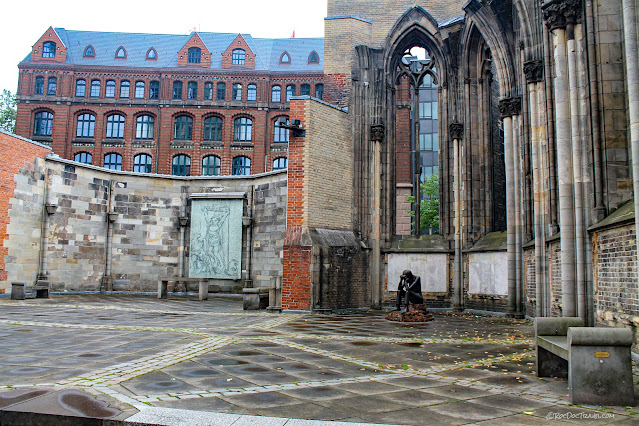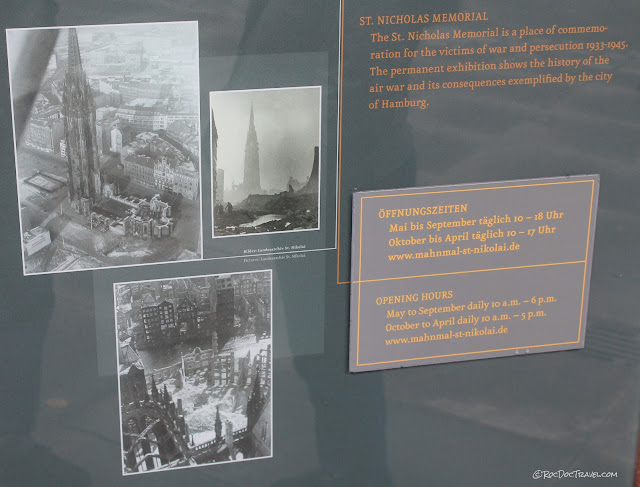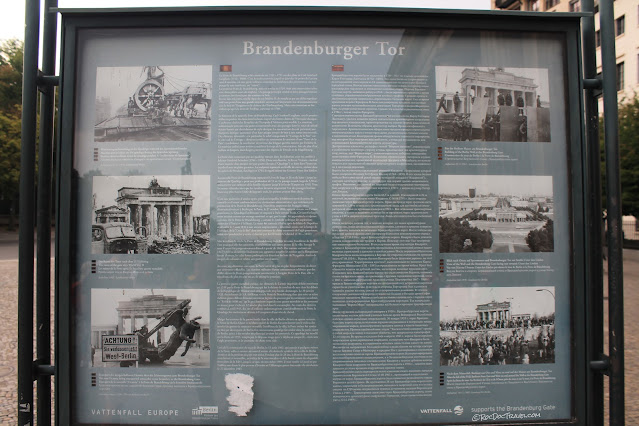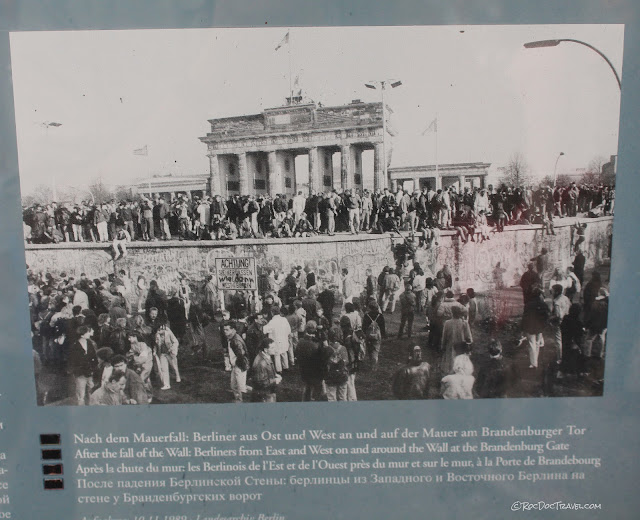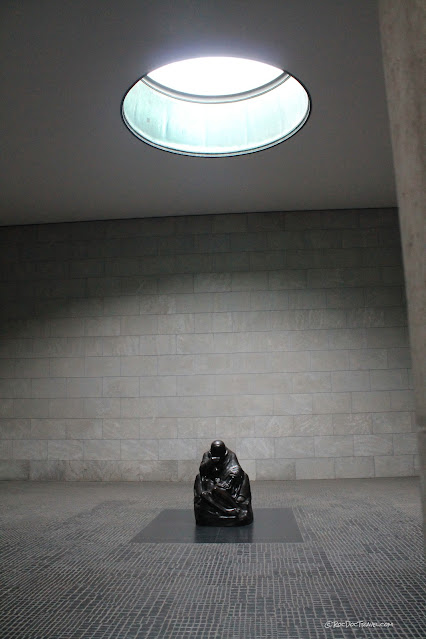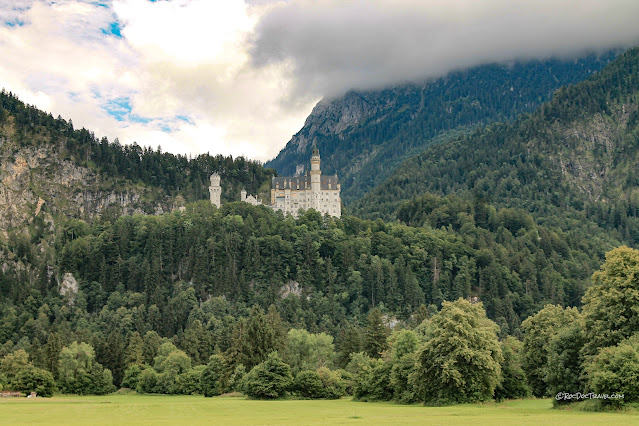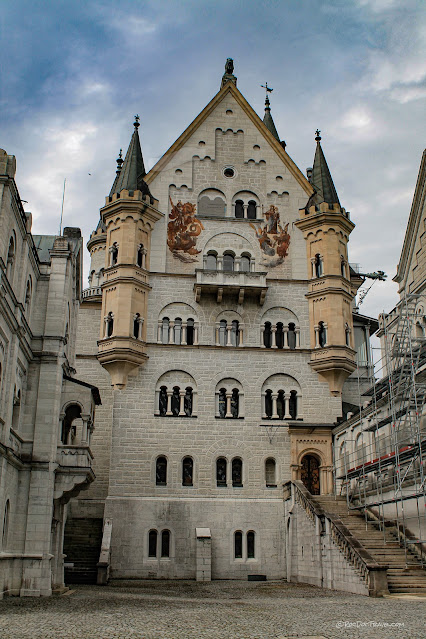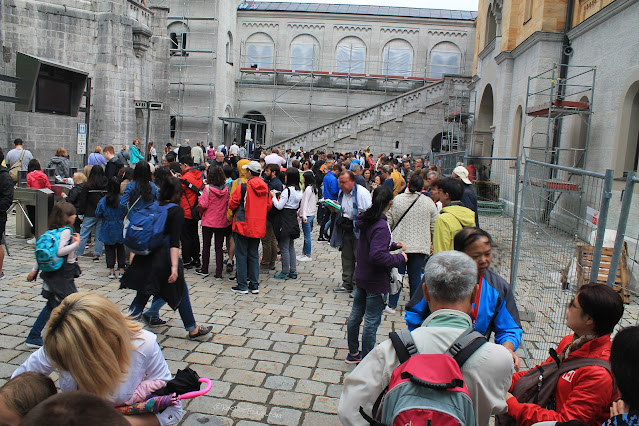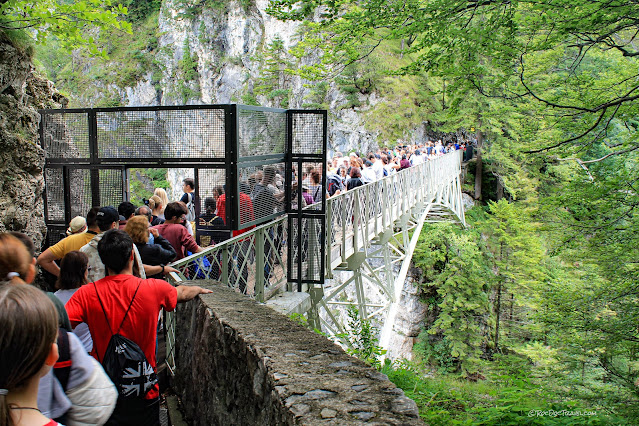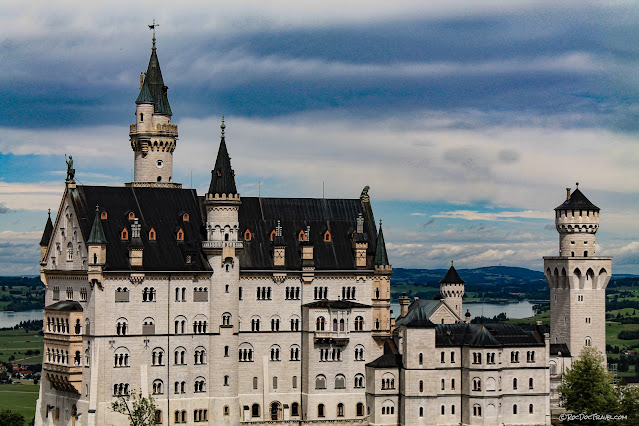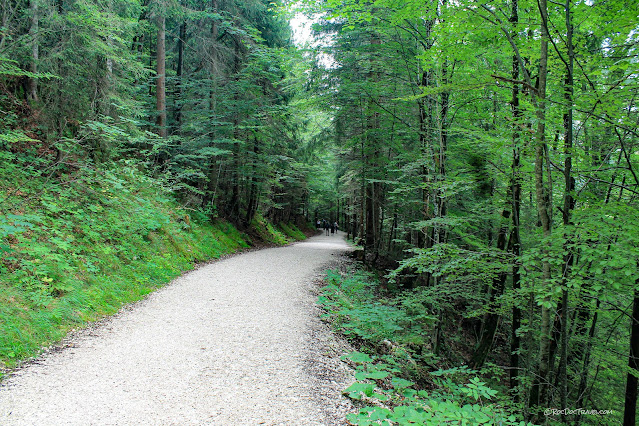4 Amazing Places in Germany
Koln, Hamburg, Berlin, Neuschwanstein Castle -- a Taste of Germany
Well, geology trips aren't just about the rocks! I've been fortunate to visit some amazing places between outcrops. Here are four amazing places in Germany -- along with some geological perspective. For travel details and tips, I highly recommend Rick Steves' books.
Old stone on the left, new on the right. This is an interesting choice for building stone, a silica-rich lava flow called "trachyte," probably Permian in age, from a local quarry. It was used in most of the lower walls. At this link, you'll see a map of the different building stone used on the cathedral.
Koln (Cologne) Cathedral
Did you know that Koln Cathedral is the most-visited landmark in Germany? Officially called "Hohe Domkirche Sankt Petrus," the giant Catholic cathedral and UNESCO World Heritage Site was begun in 1248 and, after many delays for many reasons, was completed in 1880 using the original architectural plans drawn in 1300. It is the largest gothic cathedral north of the Alps, and the tallest twin-spired church in the world. Its 515 foot (157 m) tall spires are the third tallest spires in the world! Website. In fact, it was the tallest structure in the world until the Washington Monument was completed in 1884, and the tallest building until the Ulm Cathedral was completed (also in Germany) in 1890.
The cathedral is so big, and is surrounded closely by other buildings of the city, that it's very difficult to photograph. In fact, most of the pictures you find of the front and sides of the cathedral were taken from rooftops. This is the back end from near the river, with the Ludwig Museum and Philharmonic Concert Hall on the left. The train station is just off to the right.
Most of the Medieval stained glass was removed and saved during World War II. A fierce tank battle took place within sight of the cathedral near the end of the war. The cathedral was hit by 17 aerial bombs, requiring years of restoration work.
Even this wide-angle view from the Roncalli Platz (south side) can't capture the whole cathedral! The incredible amount of Gothic detail and the elaborate flying buttresses keep your eye busy just trying to take it all in.
Not only are the spires some of the tallest in the world, they are probably the most intricately detailed.
Here's a closer view of the stone detail. Restoration work has been taking place continuously for the past couple of decades, so that scaffolding always covers part of the edifice.
You'll strain your neck looking up at these amazing sandstone towers! Can you imagine how much this tower must weigh? Sandstone is around 2500 kg (5510 pounds) per cubic meter, so it's easily a million pounds.
The lighter-colored limestone blocks are newer replacements. Over time, urban pollution and dust stain and erode the rock. If you visit enough cathedrals and old structures in Europe, a majority of which were built of limestone, you'll see the same phenomenon -- they all look like they need a bath!
The pollution staining does have its own aesthetics, creating interesting light-versus-shadow patterns all over the structure. The staining includes sulphur compounds and lead from centuries of urban pollution. Thankfully the modern air is much cleaner!
The main doors have statues of the 12 apostles watching over all who enter and exit. The walls are trachyte, and details are sandstone.
On closer inspection you can see that the trachyte is a mass of intertwined glassy blobs. Unfortunately, like most volcanic rocks the glass in the trachyte weathers relatively quickly, although not as quickly as many of the limestones used in other cathedrals (York Minster in England being the most weathered I've ever seen).
The cathedral's location along the Rhine River allowed builders to import the stone of their choice from much of western Germany. The original trachyte quarry has not been accessible since 1922, so restorers have had to choose the closest match they could find, also a trachyte, but from a different lava flow in Italy.
After a centuries-long pause in construction, the upper walls and towers were built from a local sandstone.
Much Medieval stained glass survives. Back when many of the church-goers were illiterate, these captivating and colorful windows were a way to tell Bible stories. They're wonderful to ponder.
In 2007, Koln artist Gerhard Richter created these modern stained glass windows to replace destroyed Medieval glass. The 11,000 squares in 72 colors play with your eyes!
Take some time to appreciate the amazing artistry of this tryptic. I can't even imagine how much time, talent, and patience it took to carve all of this!
While you're busy looking up, don't forget to look down! The giant floor mosaic that covers most of the cathedral was designed as one coherent work of art by August Von Essenwein in 1887. It is made of ceramic tiles and sandstone slabs, surrounded by some others I describe below.
These "granite" (in the Home Depot school of rock names) slabs are a darker variety called diorite, and have gabbro (black) inclusions called xenoliths. I cannot find any information on its origin.
A close-up of a sandstone pillar inside the church. Even inside, it's a bit weathered. Are those fingernail scratches?
On the left is a wonderfully red granite. The red is the mineral orthoclase, a very common constituent of silica-rich igneous rocks.
On the plazas around the cathedral, I was delighted to see this labradorite. It's a variety of gabbro (commonly referred to as a black granite) with iridescent feldspar crystals. The iridescence is caused by refraction of light in parallel planes of molecules in the crystalline lattice. My kitchen counter-tops are labradorite.
Hamburg
A stunning landmark in Hamburg is the Elbphilharmonie - Elbe Philharmonic Hall in the harbor area on the northern Elbe River. Website.At 108 meters (354 feet) tall, it's the tallest inhabited building in Hamburg. As part of an ambitious redevelopment of the harbor, the concert hall was built atop a warehouse building. Its class exterior reminds you of a lot of things -- the sea surface, hoisted sails, iceburgs, waves. It's stunning and huge!
The concert hall has a unique entry, this curved moving staircase in a bubble-lined tunnel. It's like you're going into the sea or a glacier.
This is the warehouse district of the harbor. The tall black steeple on the left is St. Nikolai, discussed below.
Back down the "underwater" curved moving staircase!
The harbor redevelopment is a brilliant combination of shipping, offices, and residential buildings. It's really charming to explore!
St. Nikolai Church & Memorial
The tallest steeple in Hamburg is St. Nikolai, tallest building in the world when it was completed in 1872. At 147.3-meters (483 ft), it is still one of the tallest steeples in the world, only 32 feet behind the Koln Cathedral discussed above. Only the steeple remains from the Allies' repeated firebombing of Hamburg in July 1943. You can take a lift up to a high observation deck.
Two things brought the RocDoc to St. Nikolai -- first, it houses a somber memorial to the firebombing, and second, I have ancestors who were baptized here and fortunately left Hamburg before the war.
The mosaic on the left is of a drawing by Oskar Kokoschka in 1972, called Ecce Homo ("behold the man"). On the right is the contemplative sculpture called "Ordeal" memorializing those killed in the Sandbostel concentration camp near Hamburg. It rests on bricks taken from the camp's barracks.
Berlin
This field trip offers a small taste of a few of Berlin's most memorable sites.
The Brandenburg Gate was built in 1791 at the site of one of Berlin's 18 city gates. The old city center with its grandiose architecture is east of the gate. Today it symbolizes Berlin's tumultuous history and eventual unity. This is the west side of the gate.
The statue atop the gate is the "quadriga" chariot with the goddess of victory driving. Napoleon took the Quadriga to Paris, and it was returned to Berlin after he was defeated in 1814. It was heavily damaged in WWII, and later restored.
The RocDoc stands between the black bricks that outline the footprint of the Berlin Wall. One of the most surprising events of my lifetime was the fall of the wall -- we never thought it could happen. Having German grandparents, I had grown up with an understanding of how divisive and important the wall was, and was shocked and delighted at its fall.
These posters, located just west of the Brandenburg Gate, show some of its history. Those of us old enough to have seen it on TV it will never forget the lower scene as Berliners celebrated the fall of communist East Germany. This is also the spot where Pres. Reagan memorably said, "Mr. Gorbachev, tear down this wall!"
As you walk through the aisles between concrete slabs, you are at times part of the surrounding world and at times isolated from it. Other people are visible, and then disappear. At times you can only see the sky, and at others the long, somber aisles. Are the slabs coffins? Tombs? Headstones? Be sure to walk through this profound monument -- it's an experience you will never forget. Location just south of the Brandenburg Gate: 52.513907, 13.378719
The Berlin Cathedral ("Berlinerdom") is impressively massive and uniquely German. Worship on the site dates back to the 1400's, and the current cathedral was built in 1905. At 114 metres (374 ft) long, 73 metres (240 ft) wide and 116 metres (381 ft) tall, it was designed to compete with St. Peter's in Rome (but those of us who have been to both know which one is more impressive!)
Having heard much about it over my education and career, I was excited to see Humboldt University. It opened in 1810 as the University of Berlin, and until the early 20th century was the world's leading university for Natural Sciences. Any university that had Albert Einstein on its faculty earns my respect! Its faculty have earned 55 Nobel Prizes. Other notable faculty have included Karl Liebknecht, Arthur Schopenhauer, Georg Wilhelm Friedrich Hegel, and Max Planck. On the other hand, it also included Karl Marx.
Neuschwanstein Castle
Chances are, when you think of a European castle, this is the one you picture -- Neuschwanstein in SE Germany near the Austrian border. The name means "New Swan Lake." Website. Location: 47.557567, 10.749493
You'll enter through the east side after a rigorous hike or scenic ride up the road on the hill's north side.
The castle is constructed of local pale yellow limestone, which you'll see all over the hillsides. The style is referred to as "castle romanticism," and this is the type example. It's also unique in its rooms honoring scenes from the operas of Richard Wagner. Neuschwanstein even inspired Walt Disney's vision of Cinderella's Castle at Disneyland parks.
Be prepared to be part of a crowd during peak season. Reservations are required well in advance. Photographs are not allowed inside, but you can see many by a web search or at the castle's website. The Throne Room is one of the most impressive and ornate rooms I've ever seen! Link to images.
Neuschwanstein could hardly have been built in a more scenic and commanding location! It's on a prominent hill at the very northern tip of the Alps (this picture looks south into Austria).
The castle's footprint overlaps the hilltop. Some of the exterior walls rise right up from the cliffs.
Don't miss the hike up to the Marienbrucke Bridge, from which you'll get amazing views of the castle and the valleys beyond. But muster up all the patience you can, because the mixed cultural crowds there can be dense and pushy!
Here are some views from the bridge. Neuschwanstein was built on the site of a 13th century fortress.
Take a few more minutes and hike farther up the trail, away from the crowds. You'll get these inspiring views.
We hiked down the southern gravel road through soothing forest. This road takes you down toward the lake and the "yellow castle."
Hohenschwangau Castle was built before Neuschwanstein in the 1830's, rebuilt from the ruins of an older castle. It was Maximillian's (Ludwig II's father) summer residence.
The Baroque St. Coloman church sits amid verdant fields. It was built in 1495. Website.
So there you have it -- a small taste of Germany! I hope it wets your appetite for more!
Related Posts:
Rothenburg Ob Der Tauber






